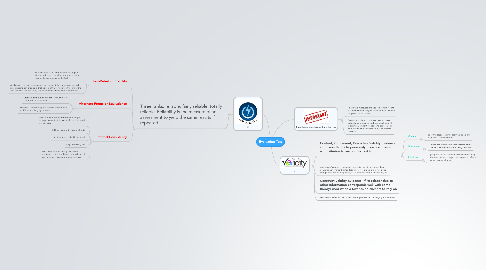
1. R
1.1. Three ranks: reliable, fairly reliable, totally reliable. Reliability is the measure of an assessment to yield the same results if repeated
1.1.1. Test-Retest or Stability
1.1.1.1. Students take a test and take the test again after a period of time without any instruction in regards to the material in the test
1.1.1.2. Weakness: memory or experience can cause higher grades on second test; students can change in that period of time; however, the longer the time between the two tests, the lower the reliability coefficient will be
1.1.2. Alternate Forms or Equivalence
1.1.2.1. Students take two equivalent forms of a test under similar conditions
1.1.2.2. Weakness: developing two well developed tests is difficult and lengthy process
1.1.3. Internal Consistency
1.1.3.1. When students are tested over one single concept, single test items should be correlated to each other.
1.1.3.2. Split halves or odd-even methods
1.1.3.3. most common reliability method
1.1.3.4. only one test given
1.1.3.5. Weakness: shorter tests gives inflated estimates; entire test has to be made up of similar items measuring a single concept
2. v
2.1. Content, Concurrent, Predictive Validity Evidence: compares things to previously measured items with criterion to anchor the test to
2.1.1. Content
2.1.1.1. does the test assess the learning goals and align with state standards
2.1.2. Concurrent
2.1.2.1. measures that can be administered at the same time the measure is being validated
2.1.3. Predictive
2.1.3.1. giving the test to students and then measuring whatever the test is supposed to predict after a certain period of time
